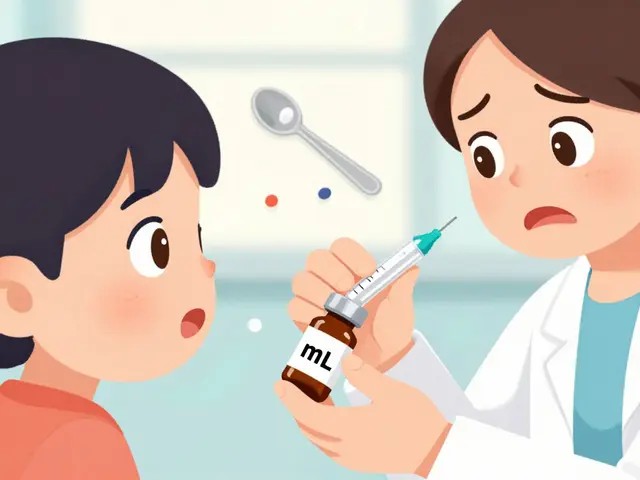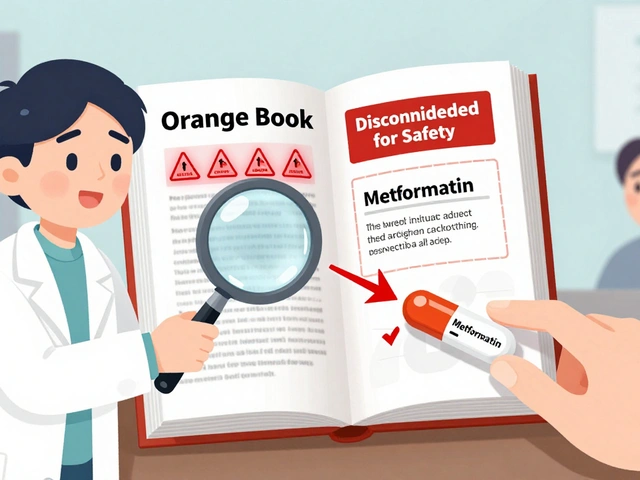Alternative to Albuterol: Rescue and Maintenance Options
Looking for an alternative to albuterol? Maybe your inhaler makes your heart race, your prescription is hard to get, or your doctor wants a different approach. This page walks through common alternatives for fast relief and longer-term control, what each does, and when to talk to a clinician.
Fast-acting rescue alternatives
Levalbuterol (brand Xopenex) is very similar to albuterol but some people notice fewer side effects like shaking or palpitations. Ipratropium (brand Atrovent) is a short-acting anticholinergic that can be used alone or with a SABA during sudden breathing trouble, especially in COPD. Nebulized bronchodilators are another option if you struggle with inhaler technique; a machine turns medicine into a mist so you can breathe it in slowly. In severe allergic reactions or anaphylaxis, epinephrine (auto-injector) provides emergency airway and circulation support — that’s a different situation than routine asthma care. Oral drugs such as terbutaline exist, but they’re less predictable and usually not the first choice for regular rescue.
Maintenance and other strategies
If albuterol use is frequent, doctors often shift focus to maintenance meds to reduce flare-ups. Long-acting beta agonists (LABAs) like salmeterol and formoterol help keep airways open for 12 hours or more but should be paired with inhaled corticosteroids (ICS) for asthma. Combination inhalers (ICS/LABA) lower inflammation and prevent symptoms better than a bronchodilator alone. For COPD, long-acting anticholinergics such as tiotropium can be a main option. For severe, hard-to-control asthma, biologic drugs (omalizumab, mepolizumab and others) target immune pathways and can cut exacerbations for certain patients. Theophylline is an older oral option some doctors still use, though it requires blood tests and careful dosing.
Non-drug steps matter too. Using a spacer with a metered-dose inhaler improves delivery. Proper inhaler technique beats trying new medicines without fixing how you inhale. Smoking cessation, allergen avoidance, regular flu shots, and pulmonary rehab for COPD all reduce flare-ups. If cost or availability is the issue, generic options or pharmacy discount programs can help.
When to see help: get urgent care or call emergency services if you can’t speak full sentences, you’re breathing very fast, your lips or face turn grey/blue, or rescue meds don’t help after repeated doses. For routine changes — switching inhalers, starting LABAs, or considering biologics — book a visit with your prescriber to review tests, inhaler technique, and a written action plan tailored to you.
Switching away from albuterol can work well when it’s done with a clear plan. Talk to your clinician, check technique, and keep a rescue option handy until a new routine reliably controls symptoms.
Natural Bronchodilators for Asthma Relief: Best Caffeine, Boswellia, and Breathing Methods Instead of Albuterol
If you want to breathe easier without always reaching for your inhaler, certain natural bronchodilators can help. This article covers how caffeine, boswellia, and proven breathing techniques can give you fast relief when you feel tight-chested, and it breaks down how these methods compare with popular asthma meds like albuterol. You'll see hard facts, research findings, user tips, and where to find safe, modern options for asthma care.
Read More





